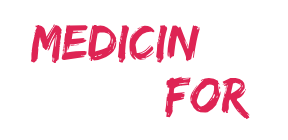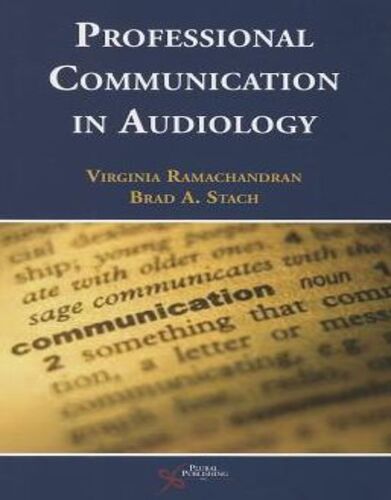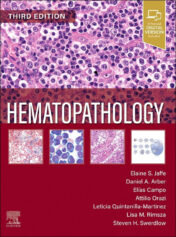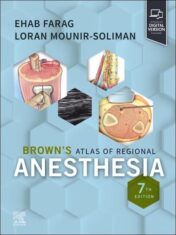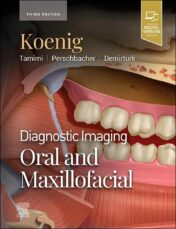The purpose of Professional Communication in Audiology is to give audiology students and practicing clinicians a comprehensive framework for comprehending the importance of communication in audiologic practice, as well as useful tactics for putting communication principles into practice in a clinical setting.
The significance of communication abilities to the profession of audiology is discussed in the text’s beginning. This section emphasizes key elements of clinical communication, such as factors influencing reporting rules, privacy issues, and the use of electronic medical data. The reader is given a foundational set of ideas in the next part, which serves as a framework for thinking critically about communication. All facets of therapeutic communication can be modeled using these fundamental concepts. The application of these ideas to the two most popular forms of therapeutic communication—talking and writing—is then guided through for the readers. These abilities are explicitly examined in respect to clinical audiologic practice, covering both the paradigms of audiologic diagnosis and audiologic intervention. There are offered real-world encounter-inspired examples. Additionally, the work offers a wealth of audiologic report samples that can be used as templates in audiologic practice.
